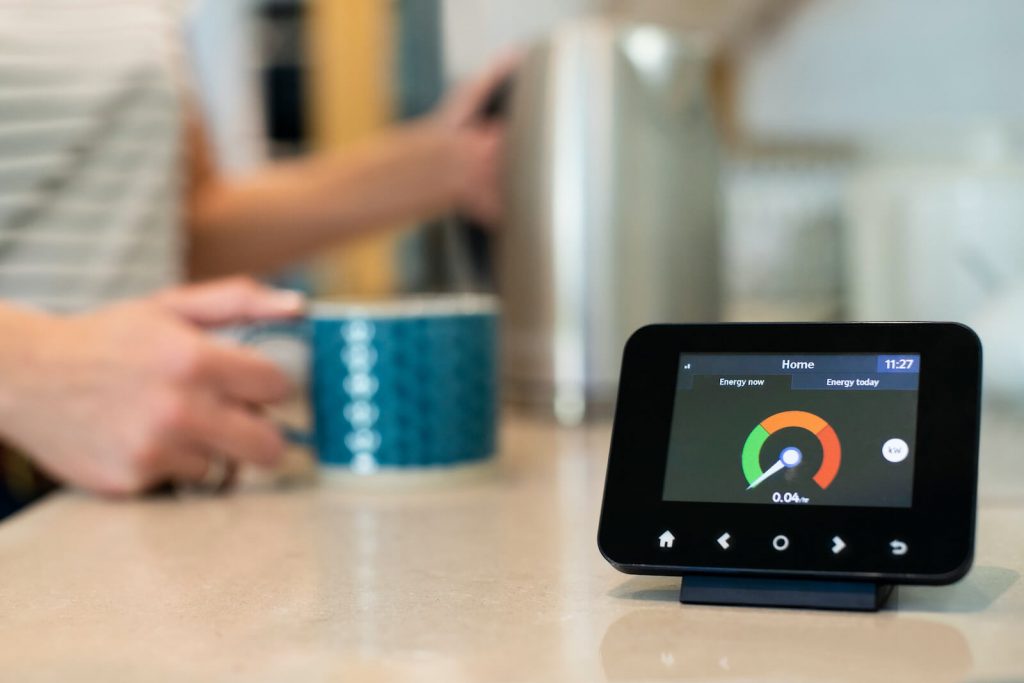CitiMeasure has repeatedly highlighted the importance of visualising data in combatting air pollution. This referred mostly to simplified maps, graphs, or charts, all of which are popular among CitiAIR initiatives*.
In many cities around the world, however, it suffices to walk down the street to see air pollution with your own eyes. And yet the amount of hazardous fine particles is not always visible, even in the most polluted places.
The ‘Air of the Anthropocene’ project aims to change that. It playfully explores air quality via a technique for photographing sensor data in situ. The results are stunning ‘nets’ of LED lights – the brighter the light installation, the higher the levels of particulate matter (PM2.5). The tool literally sheds light on the invisible.
The project is a collaboration between digital artist Robin Prince and environmental scientist Professor Francis Pope. It started in Delhi, and then quickly expanded to other cities, including Mexico City, Nairobi, and Kampala. These days, the project is being remodelled into an open-source toolkit to raise awareness of the global air pollution crisis through image-based campaigning.
One of the organisations ‘piloting’ the toolkit is the Citizen Science Lab at Leiden University. From 30 June to 2 July 2023, participants will record air quality in Leiden, bringing together science, photography, and technology. The results will be shared with everyone interested so as the project can be replicated locally. The weekend programme includes workshops, expeditions, and a photo exhibition.
You can register here.
—————————
The final CitiMeasure event was held on 16 May 2023. A recording is available here.
*The CitiAIR inventory is one of three final CitiMeasure outputs. Initiatives can be added here.




